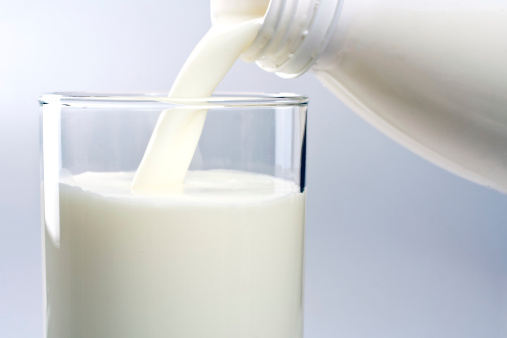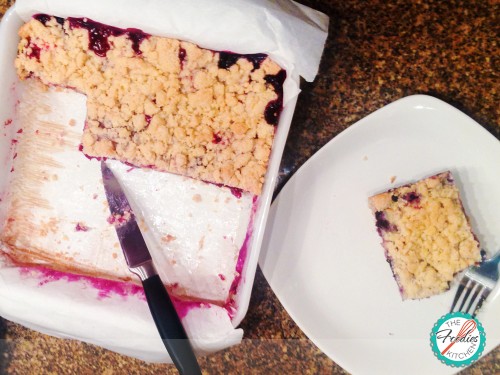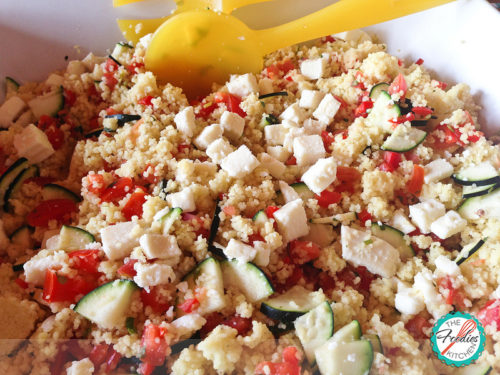
Toddlers: Whole Milk vs. Skim Milk
This post is also available in ENGLISH (INGLÉS)
About a year ago, during Kristen’s routine checkup at the pediatrician we discussed her diet and I asked him if I should continue giving her the fortified whole milk she had been drinking since she was 1 year old. In Guatemala almost everyone gives their children powdered milk from a well-known brand, which is fortified with vitamins, probiotics… and a whole lot of fat. (It has 5.9 gms of saturated fat, and 20 gms of total fat, according to the label).
Since Kristen is not a picky eater, and her daily diet is pretty well balanced she doesn’t need all that extra fat from whole milk, so the doctor suggested that we start offering her the skim milk my husband and I drink. She liked it better than the other one, and has been drinking it ever since.
A few weeks ago, we had dinner with friends (Hi, Samas!) who have two older kids, and they told us about how they switched their children’s milk from whole to skimmed, because a nutritionist advised them to do so, and explained that whole milk was even considered bad kids (in the long run) and that all parents should start making the switch at around 3 years of age. Had they known this they would have made the switch years ago.
I decided to investigate and here’s what I found:
Because obesity is a risk factor for heart disease and often is accompanied by cholesterol problems, the pediatrics academy now recommends low-fat milk (no more than 2 percent fat) for 1-year-olds for whom weight or obesity is a concern. That new advice is aimed at 1-year-olds who are already overweight, have overweight parents, or have a family history of heart problems. Very young children are increasingly getting fats from sources other than milk.
As babies turn into toddlers, they don’t need the fat contained in whole milk. However, the decision to make the switch depends greatly in the toddler’s nutrition and overall health. If they are picky eaters, and you have trouble getting them to eat a variety of foods, then you have to wait to make the switch. Those kids will benefit from the extra calories they get from whole milk.
If your toddler has an overall balanced diet, then switching to 2% milk is fine. Low-fat and whole milk have equal amounts of vitamins and minerals. In fact, an 8-ounce glass of low-fat milk contains more protein than an 8-ounce glass of whole milk (10 grams versus 8 grams). Whole milk contains 3.5 to 4 percent fat, and this extra fat is primarily saturated fat, which your toddler can do without.
A quick comparison of milk nutrition labels (per 8 ounce serving) shows that there really is an important difference:
- Whole Milk – 150 Calories – 8g Fat
- 2% Milk – 120 Calories – 4.5g Fat (Reduced fat milk)
- 1% Milk – 100 Calories – 2.5g Fat (Low-fat milk)
- Skim Milk – 80 Calories – 0g Fat (Nonfat milk)
But your growing toddler still needs fat in his diet. Healthy fats are a necessary component of the vital tissues — especially the brain and central nervous system — that are growing so fast in your toddler. So, when you switch to 2% milk, you must add other healthy fats to your toddler’s diet. Try avocado, peanut butter, almond butter, olive oil, salmon. (be aware of food allergies, of course)
As a general guide, remember that:
- No cow’s milk before age one (because of allergies)
- Whole milk until two
- Nonfat or low-fat after that
Making the switch at an early age is much easier than doing it when your child is older, when they are more likely to notice and be resistant to switching to low fat milk. Still, even with your younger child, you can make a gradual switch, going first to 2% Milk and then later switching again, this time to 1% Milk or Skim Milk.
Helga
Sources:
Parenting
Pediatrics Guide in About.com
US News / Health
Photo from Bizmology
© 2012 – 2020, The Foodies’ Kitchen. All rights reserved | Todos los derechos reservados
This post is also available in ENGLISH (INGLÉS)



